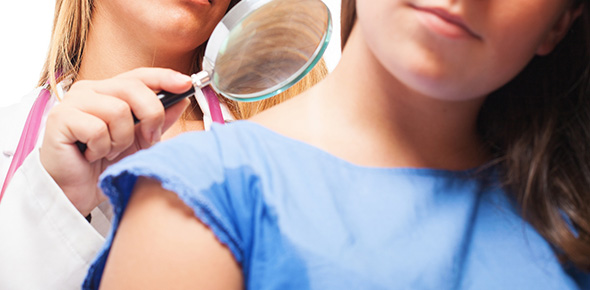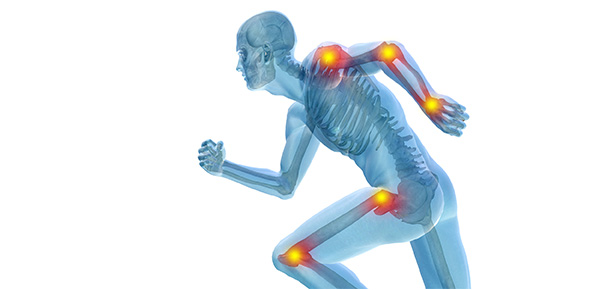Related Flashcards
Related Topics
Cards In This Set
| Front | Back |
|
Types of cells in the human body?
|
1. Sex cells - sperm of males or the oocytes of females.
2. Somatic cells - all the other cells.
|
|
Functions of the plasmalemma (plasma membrane, cell membrane)?
|
* Physical Isolation - separates the inside of the cell from the surrounding extracellular fluid.
*Regulation of Exchange with the Environment - controls the entry of ions and nutrientsm elimination of wastes and the release of secretions.
*Sensitivity to the environment
*Structural support
|
|
Plasma membrane?
|
Barrier between the cytosol and the extracellular fluid. Thin and delicate. Contains lipids (42%), proteins (55%) and carbohydrates (3%).
|
|
Plasma membrane Lipids?
|
42% of its weight, The plasma membrane is called a phospholipid biolayer. Ions and water-soluble sompounds cannot enter the interior of a cell, so water and solutes cannot cross the lipid portion of the plasma membrane.
|
|
Plasma membrane Proteins?
|
55%
*Integral proteins - part of the membrane structure and cannot be removed without damage - also called transmembrane proteins.
*Peripheral proteins - bound to the inner or outer surface and are easily separated.
|
|
Functions of the plasma membrane proteins?
|
1. Anchoring proteins - attach the plasma membrane to other structures and stabilize its position.
2. Recognition proteins - recognizee other cells as normal or abnornal based on the presence or absence of characteristic recognition proteins.
3. Enzymes
4. Receptor proteins - sensitive to the presence of specific extracellular molecules - hormone or molecule.
5. Carrier proteins - bind solutes and transport them across the plasma membrane.
6. Channels - permits movement of water and small solutes across the plasma membrane. Ions and small water-soluble materials cross the membrane only by passing through channels.
|
|
Plasma membrane carbohydrates?
|
3%. Extend beyond the outer surface of the membrane, forming a layer - glycocalyx.
|
|
Functions of the glycocalyx?
|
Plasma membrane carbohydrate.
* Lubrication and protection.
* Anchoring and locomotion.
* Specificity in binding
* Recognition -
|
|
Cytoplasm?
|
Contains cytosol and organelles. Contains more proteins than extracellular fluid.
|
|
Cytosol?
|
* Extracellular fluid, contains dissolved nutrients, ions, soluble and insoluble proteins and waste products. Organelles are structures suspended within the sytosol that perform specific functions within the cell.
* High potassium (K), low sodium (Na)
*Contains small quantities if carbs (broken down for energy) and reserves of amino acids (to produce proteins) and lipids (source of energy when carbs are not available).
|
|
The organelles
|
Internal structures that perform most of the tasks that keep a cell live and functioning normally. Divided into nonmembranous organelles (not completely closed by membranes and components in direct contact with cytosol) and membranous organelles (isolated from the cytosol by phospholipid membranes).
|
|
The cytoskleton?
|
Cell's skeleton, gives cytoplasm strength and flexibility. Plays role in the metabolic organizarion of the cell by determining where specific proteins are synthesized. Includes microfilaments, intermediate filaments and microtubules.
|
|
Where do many intracellular enzymes (especially those involved with metabolism and energy production, and the ribosomes and RNA molecules responsible for the synthesis of proteins, are attached to?
|
Microfilaments and microtubules of the sytoskeleton.
|
|
Microfilaments?
|
The smallest of the cytoskeletal elements. Composed of the protein actin.
|
|
Functions of microfilaments?
|
*Anchor the cytoskeleton to integral proteins of the plasma membrane. Provide the cell strength and attach the plasma membrane to the enclosed cytoplasm.
*Interacting with other proteins, determine the consistency of the cytoplasm.
*Actin can interact with the protein myosin to produce active movement of a portion of a cell orchange the shape of the entire cell.
|







